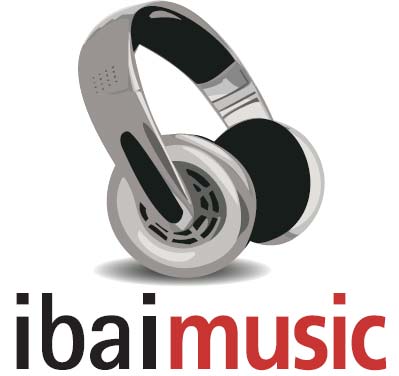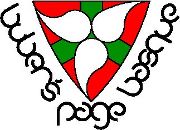“La música es la taquigrafía de la emoción”
(Leo Tolstoy)
Mientras antropólogos culturales y etnomusicólogos nos relatan como la música es sin ninguna duda parte integral de una cultura y de las tradiciones orales de una sociedad, algunos sociólogos inciden en la importancia de la música y de las letras como elementos de socialización y de transmisión de información y de emociones. Aún más, investigadores pioneros en los campos de la neurología y psicología subrayan el impacto positivo de la música en nuestro desarrollo como persona y de nuestras propias estructuras emocionales. En sí, los sonidos en forma de canciones y relatos, al igual que aquellos aromas producidos en la cocina de nuestros mayores, se asocian a una memoria emocional anclada en un punto concreto de nuestra biografía. De esta manera, por ejemplo Joaquim Fuster argumenta que “el motivo por el que una memoria es tan firme, tan sólida y tan duradera son las circunstancias emocionales en que se adquirió la memoria”. Ciertas memorias se encuentran asociadas a emociones específicas que son repetidas en el curso de la vida y que pueden ser evocadas, por ejemplo, por una determinada pieza musical, una imagen, un aroma o un sabor.
En nuestro pequeño planeta vasco han surgido un número de iniciativas innovadoras del ámbito cultural entre las que se encuentra muy especialmente Ibaimusic la cual reivindica el mundo de la música como forma de conectar con nuestras emociones, de relacionar nuestros sentidos con nuestras memorias, aunando en una misma sintonía-red a Euskal Herria y a la diáspora a través de la difusión de las diferentes tradiciones musicales vascas. Consecuentemente, esta propuesta cultural teje con intensidad una geografía de emociones y conocimientos que une a vascos de aquí y de allí, más allá de la distancia, y en donde Internet y las diversas aplicaciones digitales juegan un papel crucial. Nuestra comunidad global vasca toma cuerpo alrededor de un pentagrama acompañado por sus singulares signos musicales. El sociólogo vasco José Ignacio Ruíz Olabuenaga define esta comunidad como “una peculiar melodía constituida por las notas personales de todos los que nos sentimos vascos”.
 ibaimusic “Emozioak lotuz-Conectamos emociones”
ibaimusic “Emozioak lotuz-Conectamos emociones”
Proyectos como el de Ibaimusic nos proponen cientos y cientos de canciones que hilvanan cuentos e historias y nos transportan a otros tiempos y lugares que nos gustaría volver a visitar aunque fuera un instante…un solo instante. Nos acercan a placenteros recuerdos e imágenes que creíamos olvidados o desvanecidos en el tiempo, y que hacen que, al recuperarlos, las comisuras de nuestros labios se tornen en sonrisas. Imágenes de nuestra infancia inundan nuestra memoria y nos proyectan a otros tiempos donde lo imposible no existía en nuestro vocabulario y la vida se tornaba en un juego diario. ¿Cuál es la música vasca de tu niñez? ¿Qué recuerdos te traen las canciones e historias de tu infancia o juventud?
Y el tiempo transcurre. Y en nuestra memoria siguen perdurando un sinfín de sueños y de otros mundos posibles de alcanzar. Y a punto de iniciar un nuevo año echamos de menos las historias de aquellos vascos que decidieron quedarse en América, en Australia o en Europa y de aquellos otros que decidieron regresar y que durante años fueron recopiladas con extraordinaria paciencia por Alberto y por Kepa. Y seguimos echando de menos las palabras de Sergio y de tantos otros. Palabras forjadas por destellos de luz de estrellas que siempre dejan a la sombra vencida.
Jai Zoriontsuak eta Urte Berri On!!!



